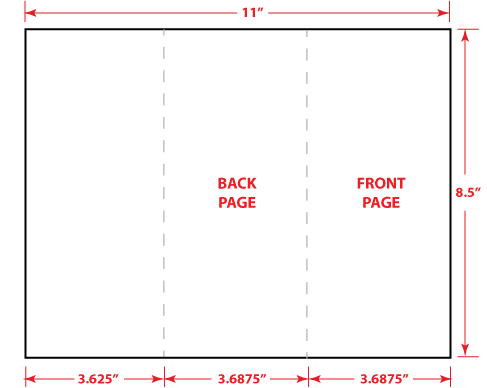

Number Theory 203 8.1 8.2 8.3 8.4 8.5 8.6 8.7 8.8 8.9 8.10 8.11 8.12ĭivisibility 203 The Greatest Common Divisor 208 Prime Mysteries 214 The Fundamental Theorem of Arithmetic 217 Alan Turing 219 Modular Arithmetic 223 Remainder Arithmetic 225 Turing’s Code (Version 2.0) 228 Multiplicative Inverses and Cancelling 230 Euler’s Theorem 234 RSA Public Key Encryption 241 What has SAT got to do with it? 244ĭirected graphs & Partial Orders 273 9.1 9.2 9.3 9.4 9.5 9.6 9.7 9.8ĭigraphs & Vertex Degrees 275 Adjacency Matrices 279 Walk Relations 282 Directed Acyclic Graphs & Partial Orders 283 Weak Partial Orders 286 Representing Partial Orders by Set Containment Path-Total Orders 289 Product Orders 290ĩ.9 Scheduling 291 9.10 Equivalence Relations 297 9.11 Summary of Relational Propertiesġ0 Communication Networks 325 10.1 10.2 10.3 10.4 10.5 10.6 10.7 10.8 10.9Ĭomplete Binary Tree 325 Routing Problems 325 Network Diameter 326 Switch Count 327 Network Latency 328 Congestion 328 2-D Array 329 Butterfly 331 Benes Network 333ġ1 Simple Graphs 345 11.1 Vertex Adjacency and Degrees 345 11.2 Sexual Demographics in America 347 11.3 Some Common Graphs 349 11.4 Isomorphism 351 11.5 Bipartite Graphs & Matchings 353 11.6 The Stable Marriage Problem 358 11.7 Coloring 365 11.8 Getting from u to v in a Graph 370 11.9 Connectivity 371 11.10 Odd Cycles and 2-Colorability 375 11.11 Forests & Trees 376ġ2 Planar Graphs 413 12.1 12.2 12.3 12.4 12.5 12.6 12.7 12.8ĭrawing Graphs in the Plane 413 Definitions of Planar Graphs 413 Euler’s Formula 424 Bounding the Number of Edges in a Planar Graph Returning to K5 and K3 3 426 Coloring Planar Graphs 427 Classifying Polyhedra 429 Another Characterization for Planar Graphs 432

Infinite Cardinality 180 The Halting Problem 184 The Logic of Sets 188 Does All This Really Work? Recursive Definitions and Structural Induction 151 Strings of Matched Brackets 155 Recursive Functions on Nonnegative Integers 158 Arithmetic Expressions 161 Induction in Computer Science 166 Ordinary Induction 99 Strong Induction 108 Strong Induction vs. Sets 73 Sequences 77 Functions 77 Binary Relations Finite Cardinality Propositions 5 Predicates 8 The Axiomatic Method 8 Our Axioms 9 Proving an Implication 11 Proving an “If and Only If” 13 Proof by Cases 15 Proof by Contradiction 16 Good Proofs in Practice 17 Well Ordering Proofs 25 Template for Well Ordering Proofs Factoring into Primes 28 Well Ordered Sets 29 Propositions from Propositions 38 Propositional Logic in Computer Programs Equivalence and Validity 44 The Algebra of Propositions 46 The SAT Problem 51 Predicate Formulas 52 The Well Ordering Principle 25 2.1 2.2 2.3 2.4 It does not store any personal data.Mathematics for Computer Science revised Monday 4th June, 2012, 15:49į Thomson Leighton Department of Mathematics and the Computer Science and AI Laboratory, Massachussetts Institute of Technology Akamai TechnologiesĪlbert R Meyer Department of Electrical Engineering and Computer Science and the Computer Science and AI Laboratory, Massachussetts Institute of TechnologyĬopyright © 2012, Eric Lehman, F Tom Leighton, Albert R Meyer. The cookie is set by the GDPR Cookie Consent plugin and is used to store whether or not user has consented to the use of cookies. The cookie is used to store the user consent for the cookies in the category "Performance". This cookie is set by GDPR Cookie Consent plugin. The cookie is used to store the user consent for the cookies in the category "Other. The cookies is used to store the user consent for the cookies in the category "Necessary". The cookie is set by GDPR cookie consent to record the user consent for the cookies in the category "Functional". The cookie is used to store the user consent for the cookies in the category "Analytics".

These cookies ensure basic functionalities and security features of the website, anonymously. Necessary cookies are absolutely essential for the website to function properly.


 0 kommentar(er)
0 kommentar(er)
